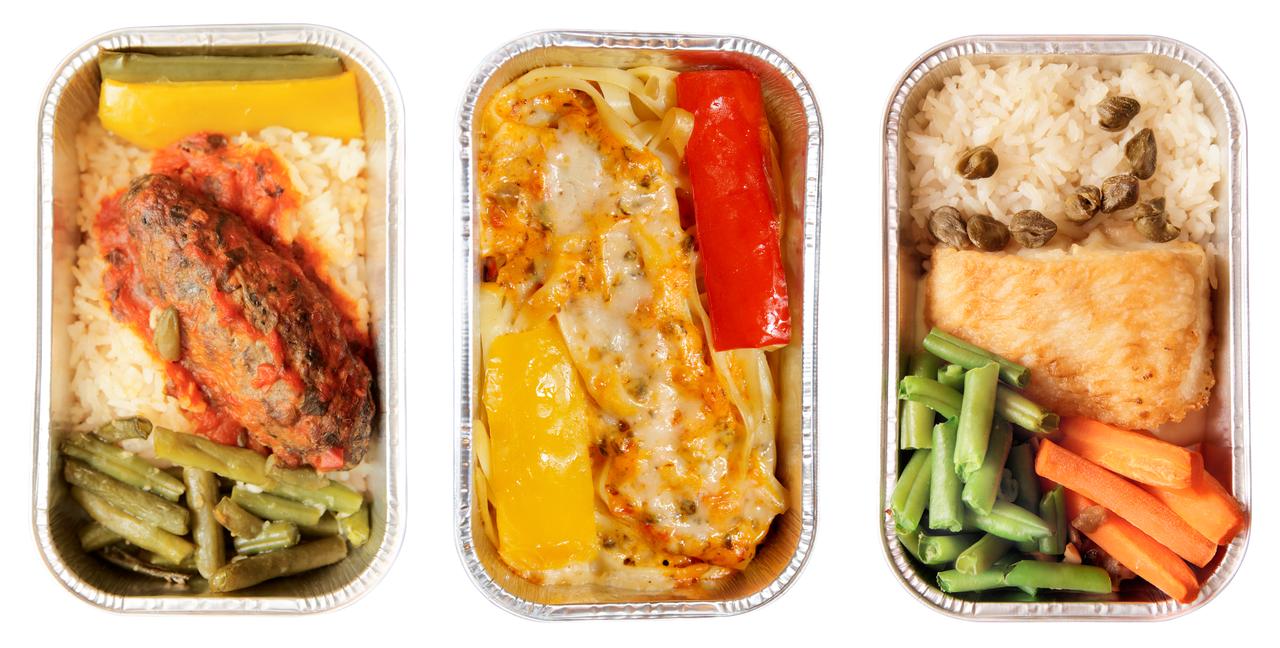
How to Scientifically Balance Three Meals for Optimal Health
When we think about balanced eating, it can sometimes feel overwhelming, with so many “rules” and trends circulating online. But let me share a little secret: it doesn’t have to be complicated! A well-balanced meal doesn’t mean complicated recipes or endless prep time. Instead, it’s about including foods that work in harmony with your body, fueling you steadily throughout the day.

1. Breakfast: The Foundation of Your Day
Let me start by saying I used to skip breakfast all the time, thinking I was “saving calories” for later. Spoiler alert: it backfired. By mid-morning, I’d be ravenous, reaching for the nearest snack to curb my hunger. Then, I discovered how a balanced breakfast could change everything.
Here’s what I do now: I start with Greek yogurt. It’s packed with protein, which fills me up and keeps cravings at bay. To that, I add a handful of berries, bursting with antioxidants, and sprinkle in some chia seeds for fiber and healthy fats. Occasionally, I’ll add a touch of honey or a small portion of granola for a little sweetness. The result? A satisfying, nutrient-dense breakfast that fuels my morning and keeps me energized through those first hours of work.
Quick Recipe:
- Greek yogurt for protein
- Berries for fiber and antioxidants
- Chia seeds or avocado slices for healthy fat
- Granola (optional) for crunch and a bit of fiber
Why This Works: Protein, fiber, and healthy fats work together to prevent blood sugar spikes, keeping you full and focused until your next meal.
2. Lunch: Fuel for Your Afternoon
Lunchtime is when I aim to keep things both hearty and simple. Imagine a bowl filled with colorful vegetables, tender grains, and lean protein—a meal that looks so good it deserves its own Instagram post.
One of my favorite go-to lunches is a grilled chicken quinoa bowl with a variety of fresh veggies. I like adding spinach, bell peppers, and maybe a sprinkle of nuts for texture. Drizzling a simple olive oil dressing over the top ties everything together beautifully. The key here is variety: the more colors, the better. Each color represents a different type of vitamin, mineral, or antioxidant that your body will love.
Quick Recipe:
- Grilled chicken breast or chickpeas for protein
- Quinoa for complex carbs and fiber
- Colorful veggies like spinach, bell peppers, and carrots for nutrients
- Olive oil dressing for healthy fat
Why This Works: Combining complex carbs and lean protein helps maintain steady energy without the dreaded post-lunch slump. Plus, the fresh vegetables provide essential micronutrients that keep your body and mind sharp.
3. Dinner: Winding Down with a Light, Nourishing Meal
As the day winds down, dinner is all about simplicity and winding down. This is your body’s time to relax, digest, and prepare for a good night’s sleep. I often choose a lighter dinner, packed with protein and colorful vegetables but lighter on the carbs.
One of my favorite combinations is baked salmon with a side of steamed broccoli and roasted sweet potatoes. Salmon is high in omega-3s, which support brain health and help reduce inflammation, while the sweet potato provides complex carbs that help produce serotonin—a natural sleep aid.
Quick Recipe:
- Salmon for protein and omega-3s
- Steamed broccoli or asparagus for fiber and vitamins
- Roasted sweet potato for slow-digesting carbs
Why This Works: The omega-3s in salmon support muscle recovery and mental relaxation, while sweet potatoes help ease you into sleep by promoting serotonin production.
4. Additional Tips: Keep It Simple, Keep It Real
- Meal Timing: I’ve learned that eating every 4-5 hours helps prevent blood sugar crashes and keeps hunger manageable.
- Portion Control: I use the “plate method” as a visual guide—half of the plate for veggies, a quarter for lean protein, and a quarter for whole grains or complex carbs.
- Hydration: I used to underestimate the power of water. Dehydration can creep in unnoticed, causing fatigue and even cravings, so I make it a point to drink regularly throughout the day.
A Day of Balanced Eating in Action
Here’s how this approach looks for me on a typical day:
- Breakfast: Greek yogurt parfait with berries, chia seeds, and a sprinkle of granola.
- Lunch: Grilled chicken quinoa salad with mixed greens, bell peppers, and an olive oil dressing.
- Dinner: Baked salmon, sweet potato, and a side of broccoli.
Balancing three meals doesn’t have to be a chore. When you focus on adding a variety of nutrients and prioritize whole foods, your meals will naturally become balanced. And with a few tweaks here and there, you’ll be fueling your body in a way that’s both nourishing and satisfying. Remember, eating well is a journey—enjoy the process, experiment with flavors, and notice the positive effects these changes bring to your daily life.
Scientific Resources for Further Reading
For those interested in diving deeper into the science of balanced meals and nutrition, here are some reputable resources:
1. Harvard T.H. Chan School of Public Health - The Nutrition Source: Healthy Eating Plate & Healthy Eating Pyramid
• This guide from Harvard provides a visual framework for creating balanced meals and explains the role of different food groups in a healthy diet.
2. National Institutes of Health (NIH) - National Center for Complementary and Integrative Health: Omega-3 Supplements: In Depth
• Omega-3 fatty acids are highlighted in the article, particularly in relation to heart health and inflammation reduction.
3. American Heart Association - Nutrition Basics: Healthy Eating Guidelines
• The American Heart Association offers guidelines on healthy eating habits and explains how balanced meals can support cardiovascular health.
4. Academy of Nutrition and Dietetics - Food & Nutrition Magazine: Building Balanced Meals
• This article discusses the principles of balanced meals and provides tips for including a variety of nutrients in daily meals.
5. Centers for Disease Control and Prevention (CDC) - Nutrition for Everyone: MyPlate and Balanced Eating
• The CDC offers resources on portion sizes, food groups, and meal planning to help people maintain balanced diets.
Meet Fitnexa, your AI-driven companion that turns everyday habits into a positive, uplifting journey. From effortless meal analysis (including recipe suggestions) to personalized coaching and real-time support, Fitnexa keeps you on track toward lasting wellness — so you can stay younger, live longer.
https://apple.co/4hr8JGW





Leave a comment
This site is protected by hCaptcha and the hCaptcha Privacy Policy and Terms of Service apply.